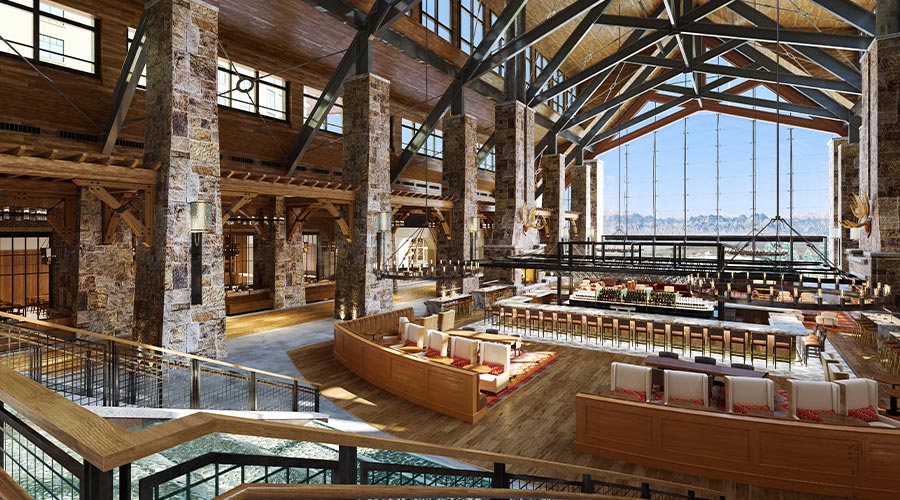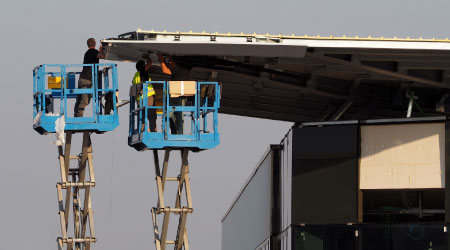Storeroom Size Key for Effective Inventory Management Plan
One common question regarding a storeroom's capacity is, "How do I get 25 pounds of sand in a 10 pound bag?" Managers asking this question regarding inventory management want their storerooms set up neatly and organized efficiently so parts are available and accessible.
The size of the storeroom is a major consideration. The available space must be designed not only to provide the maximum storage capacity. It also must provide the greatest amount of space for storage and the maximum parts density the storage units can deliver.
The required size of the storeroom, its placement in the facility, the condition of the floor, the position of light fixtures and other lighting, the number and size of doors, the available vertical space, and climate control are factors managers must consider. Managers also must take into account whether there is a mezzanine over the parts room and, if so, its size, access doors for pedestrian and fork trucks, under-mezzanine lighting, and fire-sprinkler systems.
One key consideration is the location of the storeroom clerk or operator's office. Some facilities erect an 8- by 20-foot modular office at the entrance to the storeroom, which provides enough space for a two-person office, office furniture and computer stations. The office must include computer drops, as well as electrical drops and outlets both inside and outside the office. Installers also might need to place electrical drops within the storeroom on walls or on roof-beam support columns.
The shelving units must fit safely and neatly within the storeroom and be functional for the parts they store. The existing storeroom space — as well as the kind of parts they must hold — will dictate the size, style, type, and number of fixtures. Homemade shelving units generally are space-wasters, and inexpensive shelving units found at home-improvement stores are not sturdy enough. While they might be less expensive, they are not designed for storing the heavier parts most storerooms must accommodate. Overall, a parts storeroom must be a safe and efficient workplace that enables the rapid location of and easy access to needed spare parts and equipment.
The storeroom clerk must ensure nothing is stored in the storeroom's aisles or in front of the pallet racks. Large motors, pumps, gearboxes, cylinders, and machine components require heavy-duty pallet racks, while most other parts occupy shelving that is generally 12-18 inches deep, with bin boxes holding some smaller parts. Modular drawers are the most space-efficient method of storing smaller parts, but they also are more expensive than shelving.
The most common mistake managers make in setting up a storeroom is selecting fixtures that fall well outside these parameters. They too often buy more storage units than needed, and they turn them over to storeroom clerks who have little experience or familiarity in assembling these fixtures.
Related Topics:













